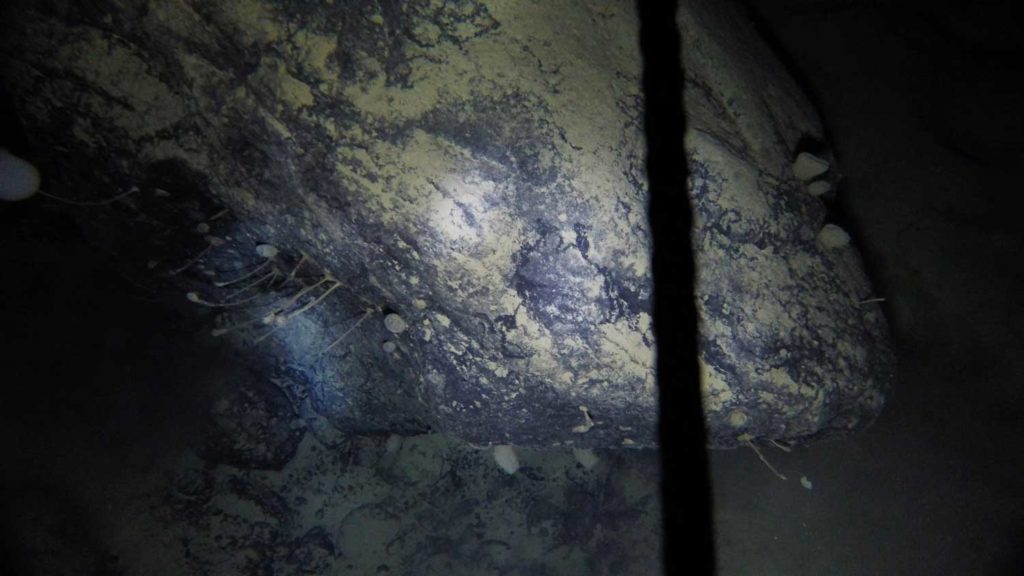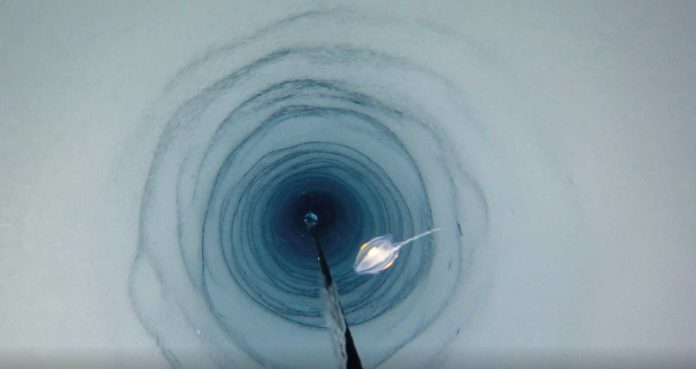In a first of its kind study, scientists discovered stationary animals attached to a seafloor’s boulder in Antarctica. The animals consisting of only sessile, probably filter feeding, organisms (sponges and other taxa).
Scientists drilled through 900 meters of ice in the Filchner-Ronne Ice Shelf, located in the South Eastern Weddell Sea. Very few animals have ever been observed in these conditions at a distance of 260km away from the open ocean, under complete darkness and temperatures of -2.2°C.
This discovery raises so many questions like how did they get there? What are they eating? How long have they been there? How common are these boulders covered in life? Are these the same species as we see outside the ice shelf, or are they new species? And what would happen to these communities if the ice shelf collapsed?
Biogeographer and lead author Dr. Huw Griffiths of the British Antarctic Survey said, “This discovery is one of those fortunate accidents that pushes ideas in a different direction and shows us that Antarctic marine life is incredibly special and amazingly adapted to a frozen world.”

Considering water currents in the region, scientists estimated that this community might be as much as 1,500km upstream from the closest source of photosynthesis. Different organisms are additionally known to gather nutrients from glacier melts or chemicals from methane seeps; however, the specialists will not find out about these life forms until they have the instruments to collect samples of these organisms- a critical test in itself.
Griffiths said, “To answer our questions, we will have to find a way of getting up close with these animals and their environment — and that’s under 900 meters of ice, 260km away from the ships where our labs are. This means that as polar scientists, we are going to have to find new and innovative ways to study them and answer all the new questions we have.”
Journal Reference:
- Huw J. Griffiths et al. Breaking All the Rules: The First Recorded Hard Substrate Sessile Benthic Community Far Beneath an Antarctic Ice Shelf. DOI: 10.3389/fmars.2021.642040
